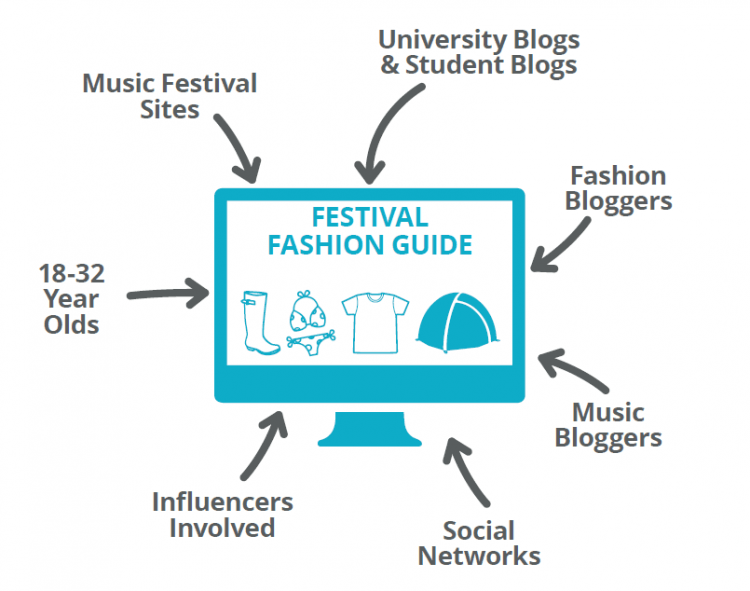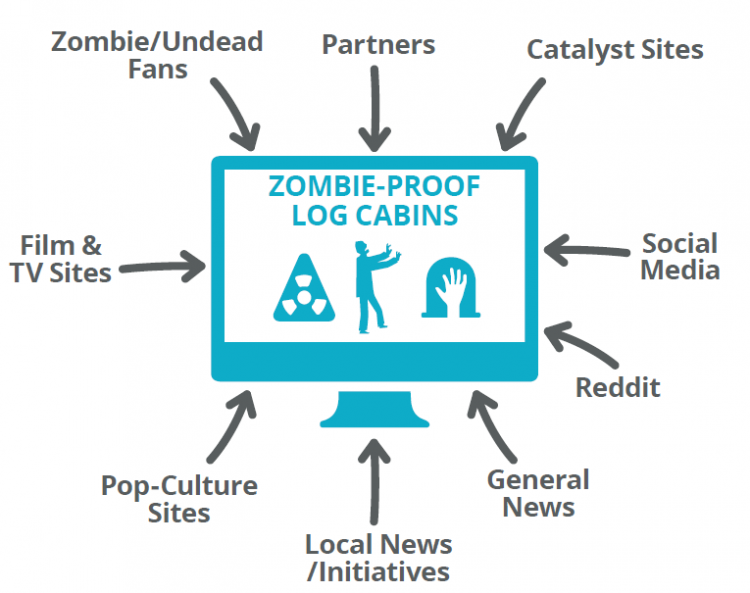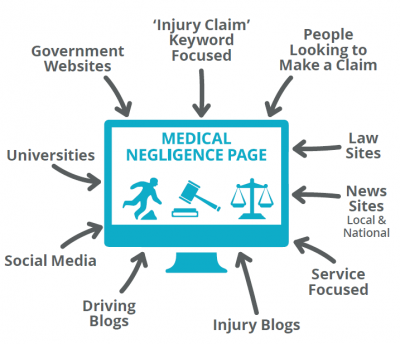There are many types of content online, used for different purposes, and hosted on different types of websites. For this article, we are analysing content creation for commercial organisations.
Even for a commercial organisation, content can take many forms and can be hosted on the company’s website, on a third party website such as an industry blog or news site, or could be available only on social media sites such as Facebook or Twitter. However, for the purposes of this article we are going to consider three main types of content; customer engagement content, viral content and ranking content.
The reasons we have categorised these three types of content for this article are:
- They are the main types of content that commercial organisations produce.
- They are frequently confused. By categorising them in this way it will help business owners and content creators understand the purpose of their content, as well as how to create, launch and measure its success.
Note that the content types can overlap, i.e. a piece of customer engagement content could go viral, but generally is unlikely to, and generally that would not have been the original aim of creating the content.
Customer engagement
What is it?
Content that has the primary aim of engaging with potential customers at various stages of the buying cycle (awareness being the very start).
Aims
- Relevant traffic, i.e. to engage with as many potential customers as possible.
- To get the potential customer to complete one or more of the following:
- Remember and recall the brand.
- Collect or ‘like’ us to collect a cookie for remarketing.
- Sign up to something (for email marketing).
Example
A company selling fast-fashion for 18-32 year olds including festival wear:

Best practice
Planning
Answer an industry question. What are customers searching for? Analyse search queries with tools such as Keyword Planner to see what questions are being asked, and make sure your content is relevant to your audience. The idea of this kind of content is to help in the early stages of the buying cycle, and produce something that interests your target customers directly.
Creation
Use expert writers either from your business, or from the wider industry to add credibility to your piece.
Launch
Host on your website and share widely with your audience and influencers.
Follow-up
Cookies/likes/signups can be used to segment and remarket.
SEO value
- Presently medium. May increase as engagement metrics grow in importance in Google’s algorithm.
- Good preparation and launch may result in a handful of relevant links which would be a good result for this type of content.
Other value
- Relevant traffic adds to the remarketing pool.
- Increases brand awareness.
- Delivers live prospects. One new sale (for an ecommerce site) or lead (for a lead generation site) for a piece of content is a good result.
Measurement
Relevant traffic is the key measure. (Don’t expect traffic to be too high, but measure relevant traffic with engagement, time on site, IP-tracking tools etc.).
Viral content
What is it?
Content that aims to engage with a large audience, get shared and build backlinks.
Aims
- Gain large numbers of diverse backlinks.
- Reach as many people as possible.
- Increase online visibility.
Example
A company that sells sheds and garden log cabins:

Best practice
Planning
Identify trends, hypes, and topics that will engage with a mass audience. Find out what will hit the nerve of the general public rather than a smaller niche. Think ‘cats’, ‘zombies’, ‘emotional’, ‘space jump’, ‘Star Wars’.
Creation
Pick the medium that is most shareable and delivers the message in a simple way. Make it bite-sized and appropriate for a lunch time audience and people on buses or tubes. Tailor/ amend the main piece for different channels (video or memes for social; a press story for national media; and a picture story for Buzzfeed).
Launch
Kick-start the campaign on catalyst sites that will expose your story to mass audience (e.g. Cnet for tech). Then work your way down to smaller magazines and publications, blogs, and special interest sites. Hand-pick social media influencers, then use paid social media advertising to put your story in front of a tailored social audience.
Follow-up
Obtain backlinks from mentions. You may be able to also use this content to build remarketing lists but segmentation is required and may yield low results dependent on the size of your remarketing list.
SEO value
- May reduce over time if link relevance grows as a factor in Google’s algorithm.
- Proper preparation and strategic launch may see high numbers of links generated by this type of content.
Other value
- General PR and brand building.
- May deliver prospects if reach is massive, but this is not the aim.
Measurement
- Links
- Traffic
- Social media shares
Ranking content
What is it?
Content that aims to rank highly in search engine results for ‘buying terms’ (e.g. ‘evening dresses’, ‘buy laptops online’, ‘IT services Leeds’). Ranking content also needs to be converting content. Users that type a ‘buying term’ generally want an easy route to conversion or sale.
Aims
- High rankings.
- High traffic from search engines.
- Generate sales and enquiries.
Example
A law firm:
Best practice
Planning
Carry out keyword research to understand what your audience is searching for and how you can target your content to meet their needs. Think about specific messaging that will resonate with your audience and attract them to click on your website within organic search results.
Creation
Ensure the content is written naturally and with correct spelling and grammar. Write with your audience in mind and consider things such as what messaging will cause them to interact with your site and ultimately convert. Make sure your content is optimised around your identified keywords, and also write a suitably optimised meta title and description.
Launch
Build links to your content from other relevant pages within your site, and also aim to achieve backlinks through promoting the content to external sources. The more authoritative links you gain, the better chance your content has of ranking well.
Follow-up
Drop cookies, and expand your remarketing audience.
SEO value
- Presently high. Increasing over time as engagement factors become increasingly important within Google’s algorithm.
Other value
Provides conversion point in the site for other (non-SEO) traffic.
Measurement
- Ranking
- Traffic
- Conversions
If you have questions for us or would like to talk about your content marketing strategy in more detail, please get in touch, we’ll be happy to help.



